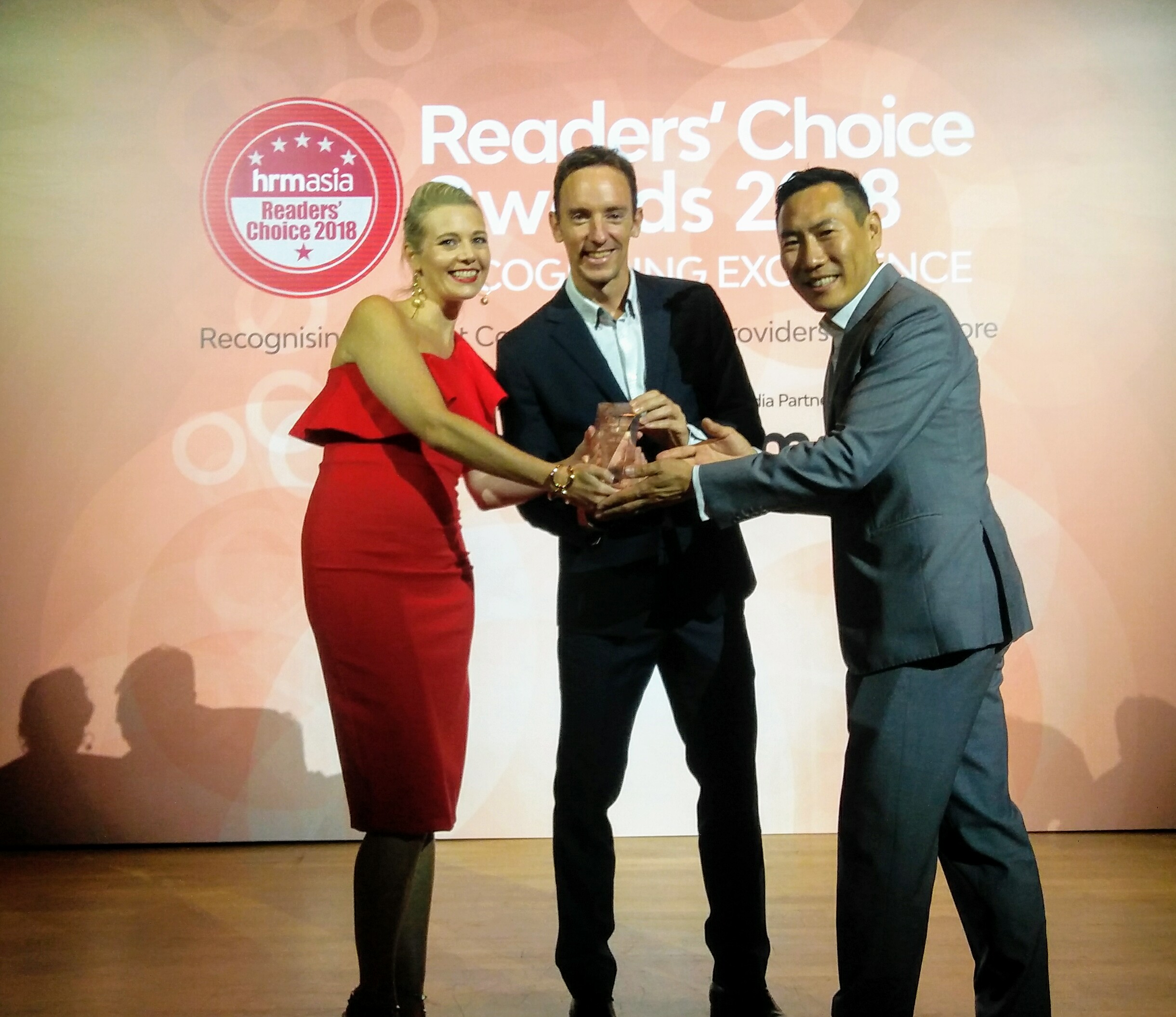Responding to RFPs (Request for Proposals) are a dreaded yet essential part of any business and especially prevalent in the relocation industry. There has been much discussion on the cost of responding to RFPs, with figures ranging from $10,000 for medium size local proposals to well over $20,000 for large regional or global proposals involving international teams and travel. Companies going into a RFP process blindly with a boiler plate approach have a very poor success rate. Therefore it is imperative that companies carefully decide which RFPs to invest time and money in and ensure a strategic approach to the response that is relevant, specific and differentiates the company over its competitors. In this article I discuss 7 tips to improving a relocation company’s success rate in winning an RFP
1. Read the document
It sounds simple but it’s all too easy to skip through the RFP document missing the key information requested and required formatting. Companies that send standardized responses in the wrong format will mostly likely get trashed immediately. Therefore carefully read through the document several times making notes as you go, noting down key submission points. At this stage you will want to know the scope of the work, geographical locations and volumes, any scoring or weighting system and the key priorities they are trying to achieve. If it is not apparent in the document then you will need to ask the client these questions (see points below)
2. Find the decision making criteria and who is making the decision
This is extremely important and will determine how you structure and price your proposal. Most large companies will partner with finance or procurement to run an RFP, who in turn will use a scoring or weighting system. Understanding this scoring system will allow you to focus on the elements with the highest weighting and allow targeted competitive pricing where it will impact your chances of success the most. Understanding who makes the final decision will also impact your strategy. If finance is making the call, then most likely their decision will be heavily impacted by cost or potential cost savings you can demonstrate. If the decision maker sits within global mobility or HR then other differentiating factors can have a bigger impact, such as the ability to ease the burden on HR so that they can concentrate on more strategic aspects of the role, improving the employee experience, an effective service delivery model, quality of account managers, technology and reporting to support business planning.
3. What are the hot points and problems to solve
Is this cost, service, geographical footprint, employee experience? Are there key issues with the incumbent? Understanding the hot buttons will allow you to zero in on alleviating the pain points of the client and will increase your chances of success. If possible speak to the client and ask them what the key elements are that they are looking for in their vendor. Ask how their current vendor can do better or what their ideal partnership would look like. Ask if there are certain locations where they are experiencing problems or new locations they are looking to move into. This will then allow you to highlight your strengths in these locations.
4. Differentiate!
It’s imperative that you don’t become commoditized and compete only on price! To avoid this and to increase your chances of success you will need to differentiate from the competitors. This will include demonstrating added value, for example technology, that will ease the client’s workload, reporting and metrics that will support their business groups and talent management processes, an efficient service delivery model aligned to the client’s footprint with a single point of coordination and an experienced account management team. For larger engagements the offer of an implant on the client’s site can be viewed as a huge benefit and is a great way to become engrained into the client’s business (and at minimal additional cost).
5. Pricing
Price is going to be one of the key driving factors in any RFP. It will be important to understand clearly how the client wants the pricing structured as any mistakes or wrong assumptions on the scope of work will end up eating into profit or can result in uncompetitive pricing. Understanding the scoring and weighting system will enable you to price most competitively in areas with the bigger weighting. It will also help to assign a value to any additional benefits or value add you will be including. Check if offering discounts through bundling or volume can be offered. This will demonstrate where the company is saving money and will make the bid more competitive.
6. Implementation plan
This is often overlooked but can be a real differentiator that can help win a bid! By demonstrating your ability to implement the contract fast, seamlessly and with minimal disruption to the client, not only are you portraying a confidence in winning the contract and your ability to deliver, but you are also showing a competitive advantage over your competitors who may not be focussing on this critical part of the engagement.
7. Get your best team in the room
Once you get through to the presentation stage you will need to ensure you get your best team in the room to knock it out the park! Ideally you would find out how many from the client side you will be presenting to, so that you can balance the numbers (it can be quite intimidating if the vendor team vastly outnumbers the client). Only essential people that will add value should be in the room. The presentation team would vary depending on the size of the proposal, however it should typically include the business development manager holding the relationship with the account; a key account manager to demonstrate the calibre of talent that would be handling the account; an implementation manager to discuss the logistics of implementing the engagement and to provide best practices on previous implementations; and finally a senior member of the management team, i.e. MD, CEO, etc to demonstrate the commitment to investing in the partnership. Don’t include anyone that’s not adding value.
And if you fail to win a proposal always try to find out why, in order to fine-tune your strategy next time and increase your future success rate!
———————————————————————————————————————————–
Written by Sean Collins, founder of Talent Mobility Asia, an independent global mobility consulting firm, based in Asia. If you have any questions related to this article or wish to discuss Talent Mobility Asia’s consulting services further, including RFP management, please contact seanc@talentmobilityasia.com







Leave A Comment